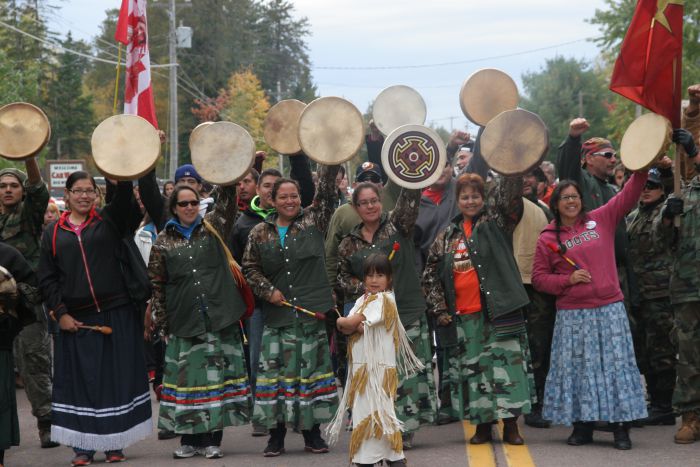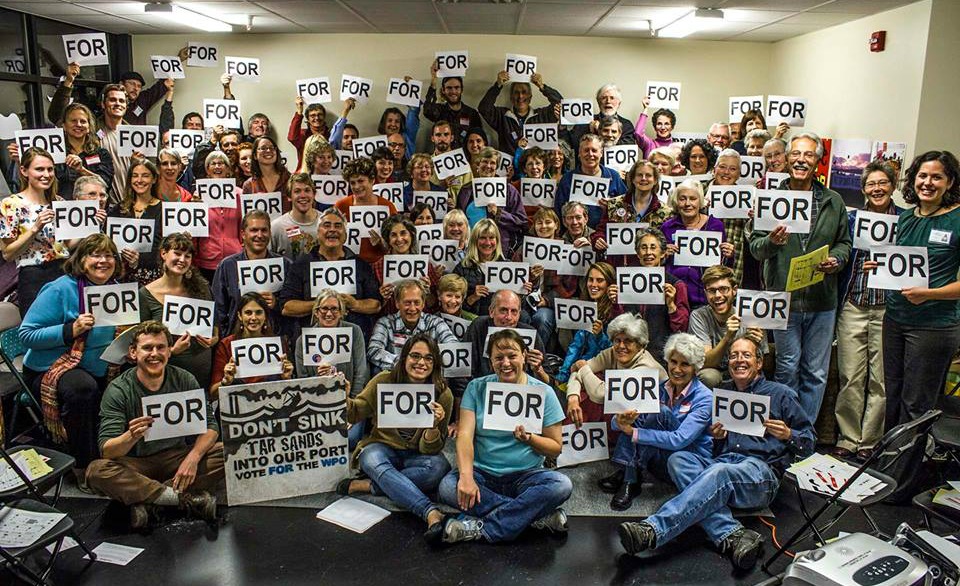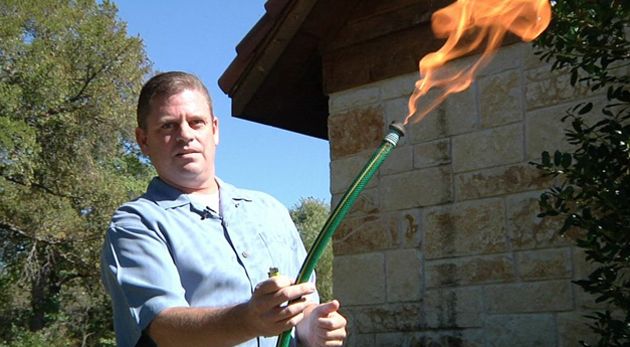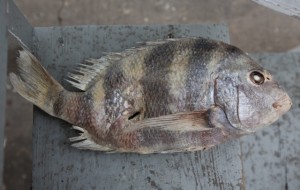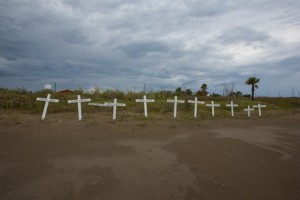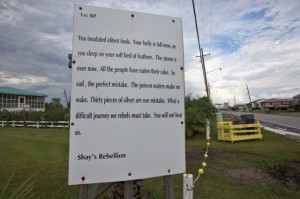http://www.alabamas13.com/
Posted: Nov 07, 2013 12:02 PM EST Updated: Nov 07, 2013 2:25 PM EST
By Peter Albrecht – bio | email
The Alabama Gulf Coast attracts hundreds of thousands of visitors every year, and since the 2010 BP Oil Spill, tens of thousands of tar balls.
A couple hundred miles away at Auburn University, Dr. Cova Arias, a professor of aquatic microbiology, conducts research on the often-deadly and sometimes flesh-eating bacteria Vibrio Vulnificus. Arias’ research at Auburn, and through the school’s lab at Dauphin Island, has focused on Vibrio’s impact on the oyster industry which was brought to a standstill three years ago by the BP Oil Spill. In 2010, out of curiosity, Arias set out to discover if Vibrio were present in the post-spill tar balls washing up on the Alabama and Mississippi coasts. She was highly surprised by what she found.
“What was clear to us was that the tar balls contain a lot of Vibrio Vulnificus,” said Arias. Arias can show an observer Vibrio in the lab as it appears as a ring on the top of the solution in a test tube. Vibrio is not something, though, that a person can see in the water, sand, or tar balls. But, Arias’ research shows it there, especially in the tar balls, in big numbers. According to Dr. Arias’ studies, there were ten times more vibrio vulnificus bacteria in tar balls than in the surrounding sand, and 100 times more than in the surrounding water. “In general, (the tar balls) are like a magnet for bacteria,” said Arias. Arias’ theory is that Vibrio feeds on the microbes that are breaking down the tar.
She and researchers looked at tar balls that washed in to the same areas they had previously studied so they could therefore make valid comparisons to before the oil spill. “What we also found was in water, the numbers were about ten times higher than the numbers that have reported before from that area,” said Arias. So the water alone had ten times as much Vibrio as before the oil spill, and the tar balls themselves had 100-times more Vibrio than the water.
Dr. John Vande Waa , an infectious disease specialist at the University of South Alabama Medical Center in Mobile says a person can get Vibrio two ways, by eating infected seafood, usually raw oysters, or by being in infected waters, either salt water or brackish. In this form, Vibrio is a fast-acting flesh-eating bacteria.
“The destruction in arms and legs, the flesh eating component, it’s two parts ,” said Vande Waa. “One is that the organism itself can destroy the tissues. The other is sepsis. The bacteria is in their bloodstream, it affects all the organs. Within my own experience of cases, the mortality has been approaching 40-50 percent.”
When entering through the skin, Vibrio is contracted thru some sort of cut or abrasion. The young or old, or someone with a compromised immune system, is more likely to get Vibrio. Dr. Vande Waa says exposure to Vibrio should be taken seriously by everyone in marine environments, due to the random, but deadly, nature of bacteria. “It can be very little exposure,” he said. “Just the wrong place at the wrong time.” It’s not a way anyone would want to die.
“I hope and pray to God I never have to see something like that again in my life,” said David Cox. His stepfather Wayne Anderson of Irvington was killed by Vibrio in September. Anderson was a life-long fisherman. It was something in the water where he spent his life that took his life. Cox says it started as a small bump on Anderson’s leg. “It spread very quickly,” said Cox. “The pain was unbearable. You could just see the redness getting darker, the blisters getting bigger.” Anderson was dead in less than 48 hours. “He wasn’t one to complain about pain and to see him there begging for someone to do something, it was very helpless,” said Cox. “Honestly, it was the hardest thing I’ve done in my life.”
There have been almost two dozen cases of Vibrio in Alabama over the last five years, according the Alabama Department of Public health. Florida recorded 160 Vibrio cases from 2007-20012, with 54 of them being fatal. There have been more than 30 cases in Florida this year. An Escambia County man died in October. A 43-year-old Milton woman, Tracy Lynn Ray, died on November 1st. Relatives tell News-5 she was a frequent beach goer.
Arias recommends that people at the beach not touch the tar balls with their bare skin. “You may have micro-abrasions so you don’t even know you have a cut,” said Arias. “So, I would stay away from the tar balls.” But the results of Arias’ research have not been widely reported. As Tropical Storm Karen last month washed in a new batch of tar balls at Orange Beach, sunbathers and beach walkers were oblivious to the dangers. “No, not really, it doesn’t seem to be a concern,” said Mike Hadley of St. Louis Mo. “I don’t think that a tar ball that has sand and shells on it is going to impact my health or me enjoying the beach at all,” said another beach goer.
The bacteria-filled tar balls are an object of beach goer curiosity.”I was just looking for shells in the sand and came across it,” said Tara Hadley of St. Louis. “Just looking, I picked it up thinking it was a shell.” Martha Ellison of Prattville, walking the beach with her teenage daughter, admits to handling tar balls on a routine basis. “Yeah. I’ve gotten them all over our fingers, stepped on them, gotten them on our feet.”
So far, there has been no documented case of someone getting the flesh-eating disease from tar balls. Still, Arias urges caution.
“We don’t know if you can get infected with Vibrio Vulnificus by touching a tar ball, but the possibility is there,” she said.
BP stresses that there has been no human case of Vibrio attributed to contact with tar balls. A BP statement sent to News Five read: “The Arias study does not support a conclusion that tar balls may represent a new or important route of human exposure for Vibrio infection, or that the detection of Vibrio in tar balls would impact the overall public health risk, since there are other far more common sources of Vibrio, such as seawater and oysters.”
BP says it asked the Alabama Department of Public Health in 2012, if its beach clean-up workers were at risk. Dr. Thomas Miller, ADPH Deputy Director for Medical Affairs, replied in a letter that there was no evidence of increased cases of Vibrio since the oil spill. Miller indicated, however, that could have been a result of fewer tourists being at the beach.
Arias says the only other significant study of Vibrio and tar balls was conducted following a spill off the coast of Nigeria and showed similar results. Arias has not done any follow-up work since 2010, citing a lack of funds, but says she would like to do further research.
Special thanks to Richard Charter
